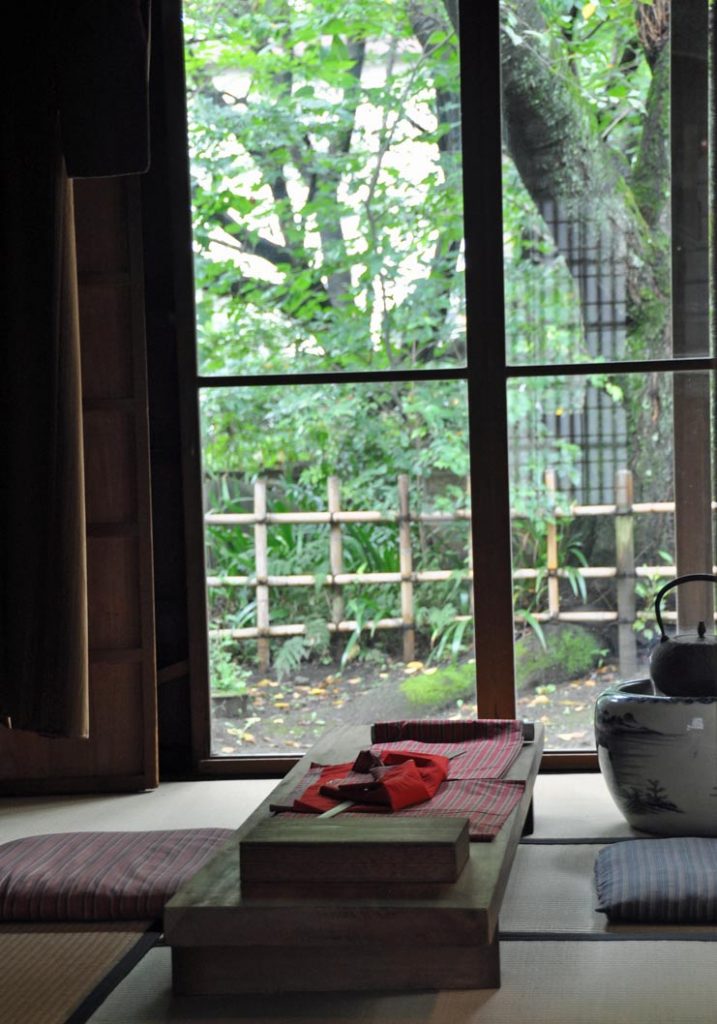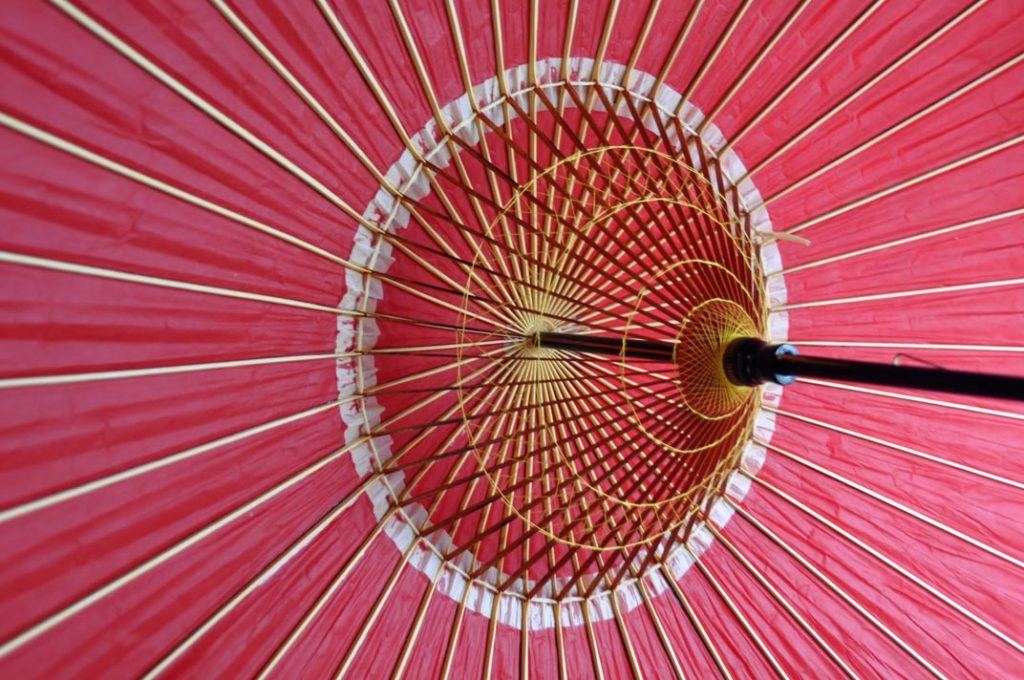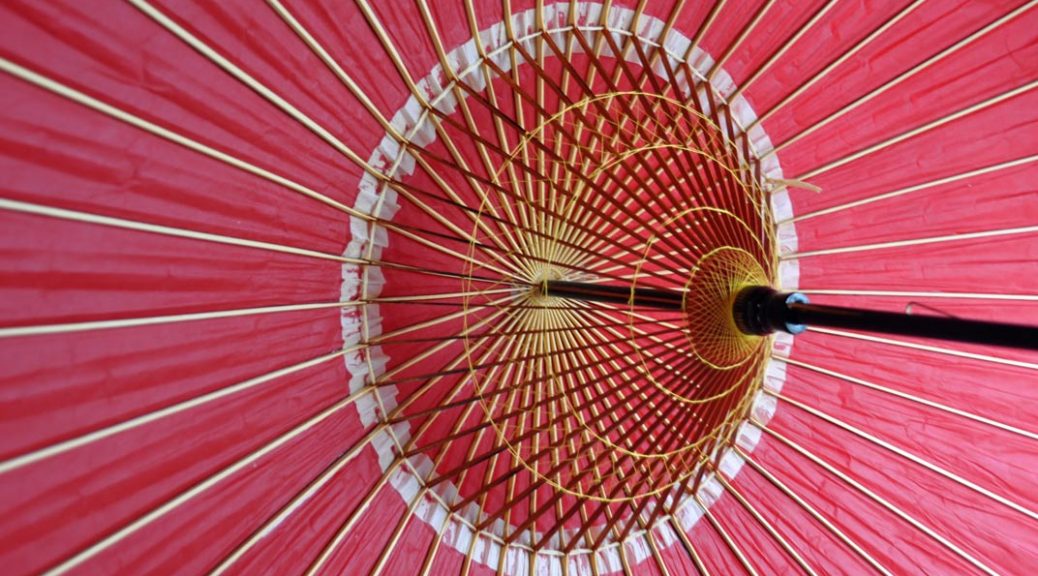We’re back from Japan so I thought I’d revisit the original plan and how it all worked out.
Staring with Tokyo, with just four nights and a stroppy teenager channelling her inner toddler, we just didn’t have enough time.
We had four nights in Tokyo, staying in a four bed family apartment near the Ueno metro station. We arrived mid-afternoon after a punishing trip so were just too tired to try anything other than finding our apartment and food for supper/breakfast.
We then woke up for a full day tour based around Studio Ghibli which includes a trip to the Ghibli Museum in the suburbs which might sound difficult given jet lag but actually turned out to be an ideal way of keeping us going, helping to acclimatise us all to Tokyo in a very benign manner.
The Ghibli Tour is based on a bus tour and includes the Ghibli Museum, a buffet lunch at Hotel Gajoen Tokyo (a possible inspiration for the Aburaya bath house in Spirited Away, and the Edo-Tokyo Open Air Architectural Museum.
Bizarrely for a tour that starts at 10am (or thereabouts) it starts with “lunch” at 11am at the hotel and the hotel’s link to Spirited Away felt like a stretch.

Does the entrance to the main building really look like the bath house? Does the open plan set of floors really reming me of the floors inside the Spirited Away bath house? Not convinced.
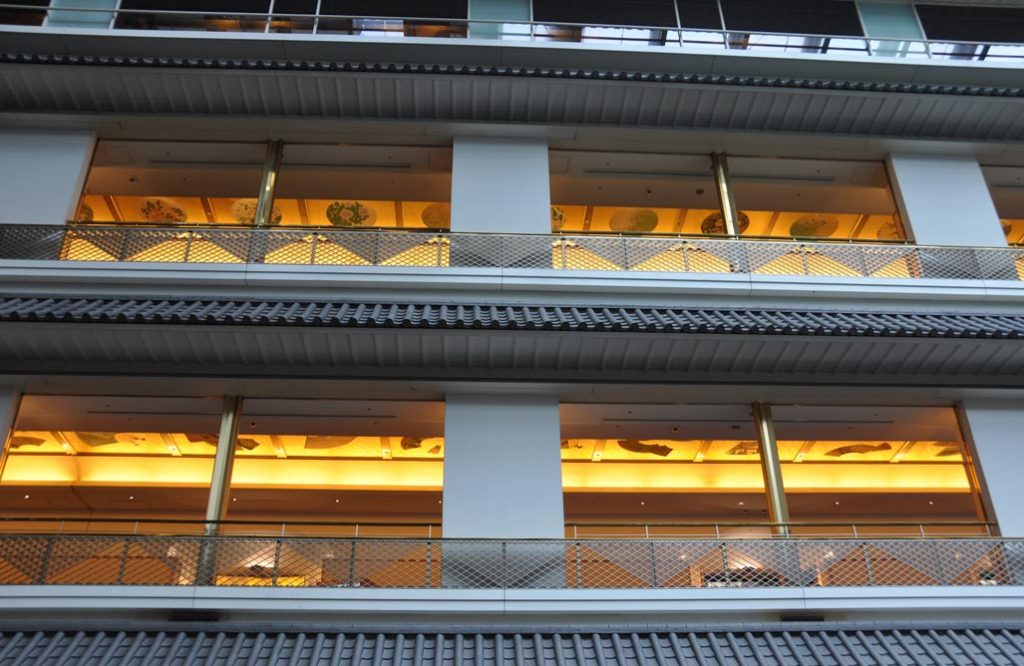
Next the tour took us to the Edo-Tokyo Museum.

Here historical buildings from across Japan have been reconstructed in the middle of a wooded park, to create the atmosphere of feudal era Japan – it’s supposed to feel like walking through a Ghibli set. And the links to Ghibli are much more obvious.

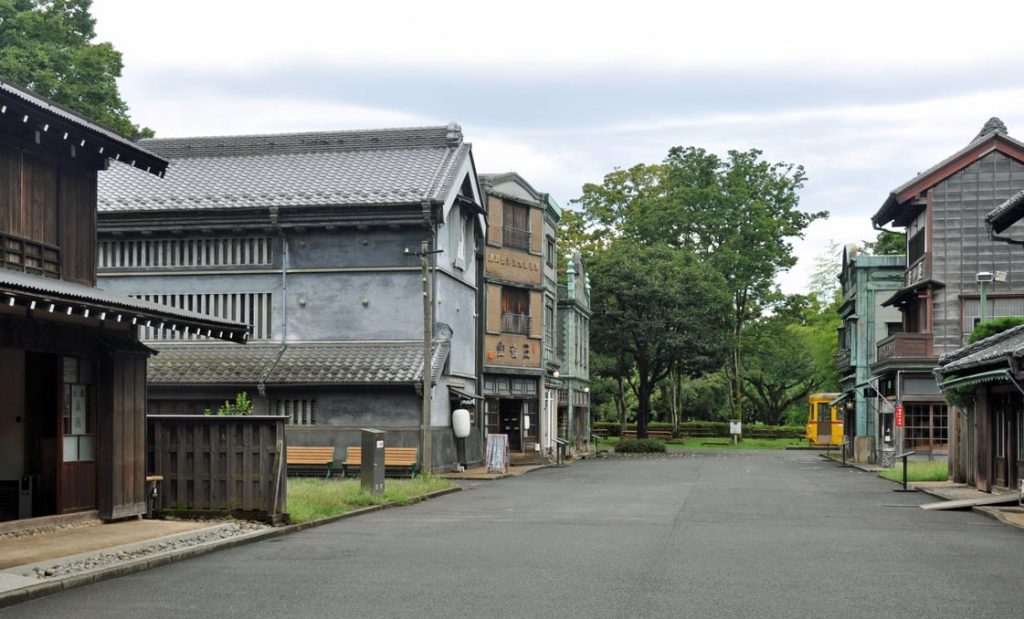

You can believe that the people working at the nearby studio came here for a packed lunch in the museum park.

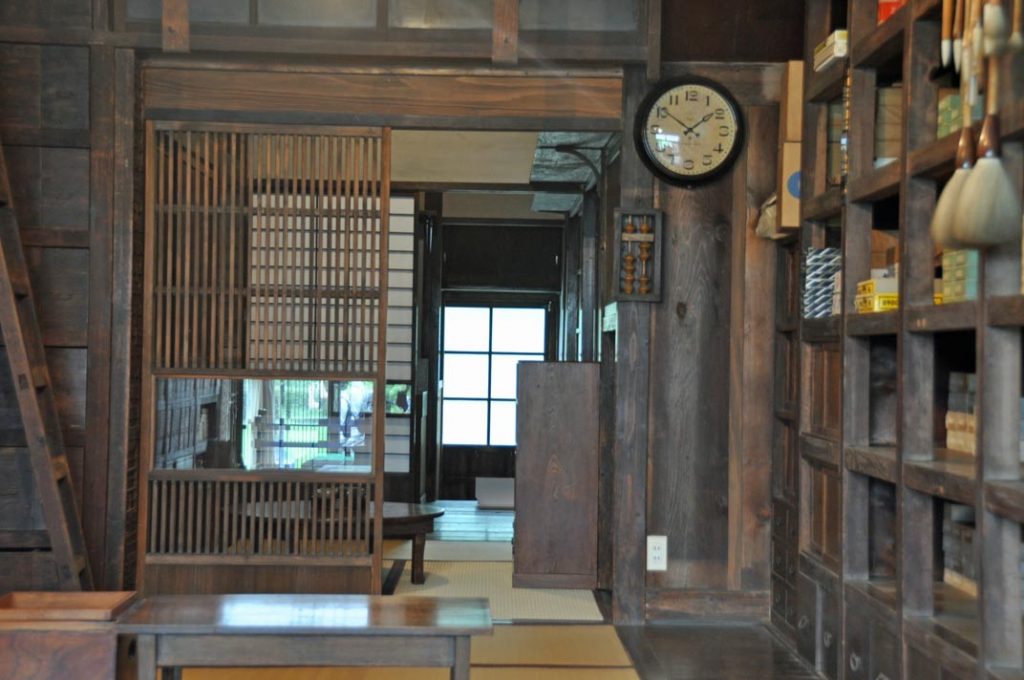

On a damp day, an empty street of historic buildings could very plausibly be the inspiration for the empty daytime row of shops leading to the bath house.

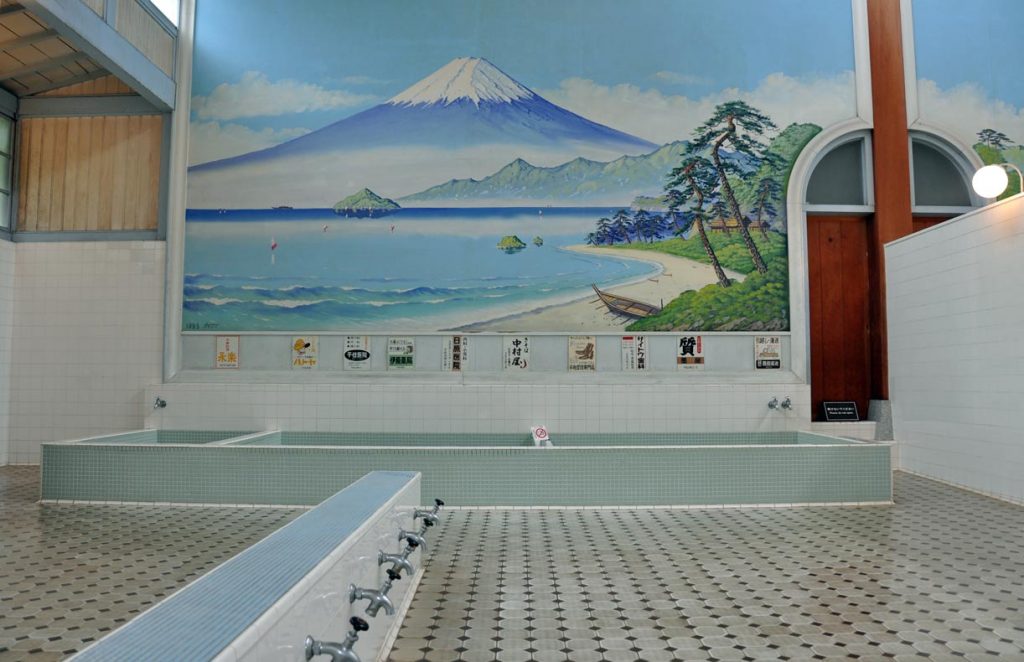
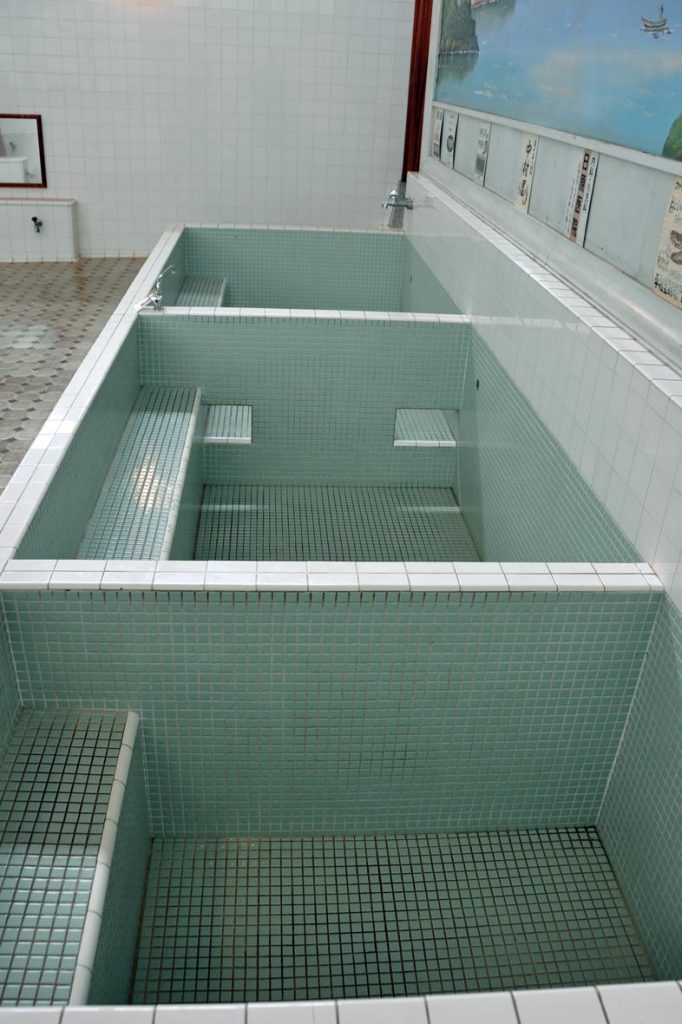
As well as the main street there are various traditional buildings and a tram very reminiscent of the “train” over water in Spirted Away.

Although nothing to do with the film, the farmhouse rebuilt at the museum was very beautiful


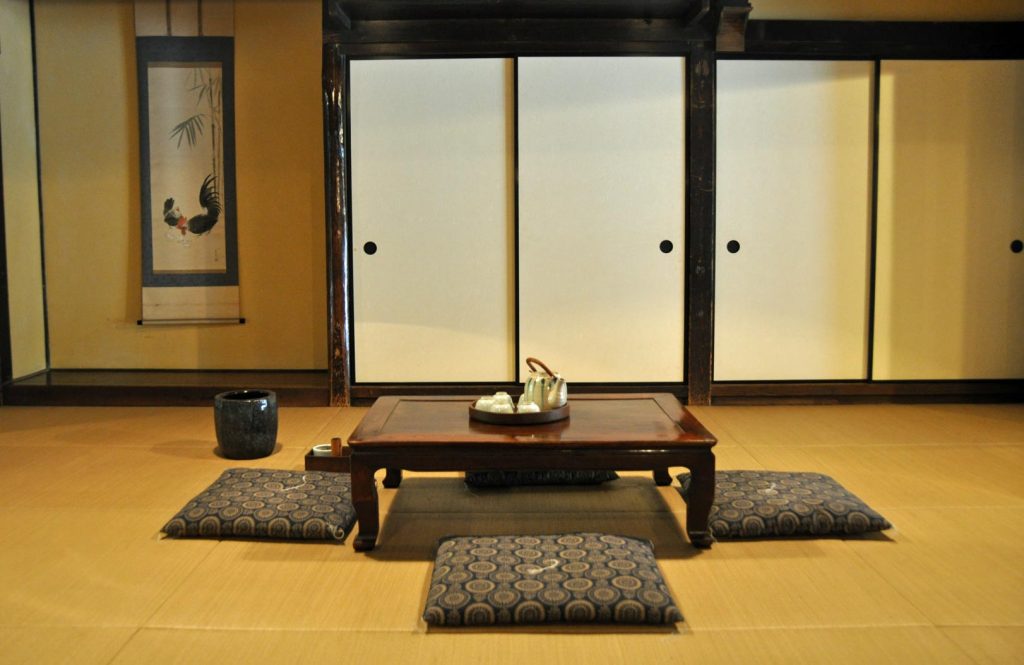
The House of Korekiyo Takahashi, a politician of the Meiji period and the site of apolitical coup, has perhaps more links to Ghibli, with its windows very reminiscent of those of Yubaba’s through which Haku was attacked.

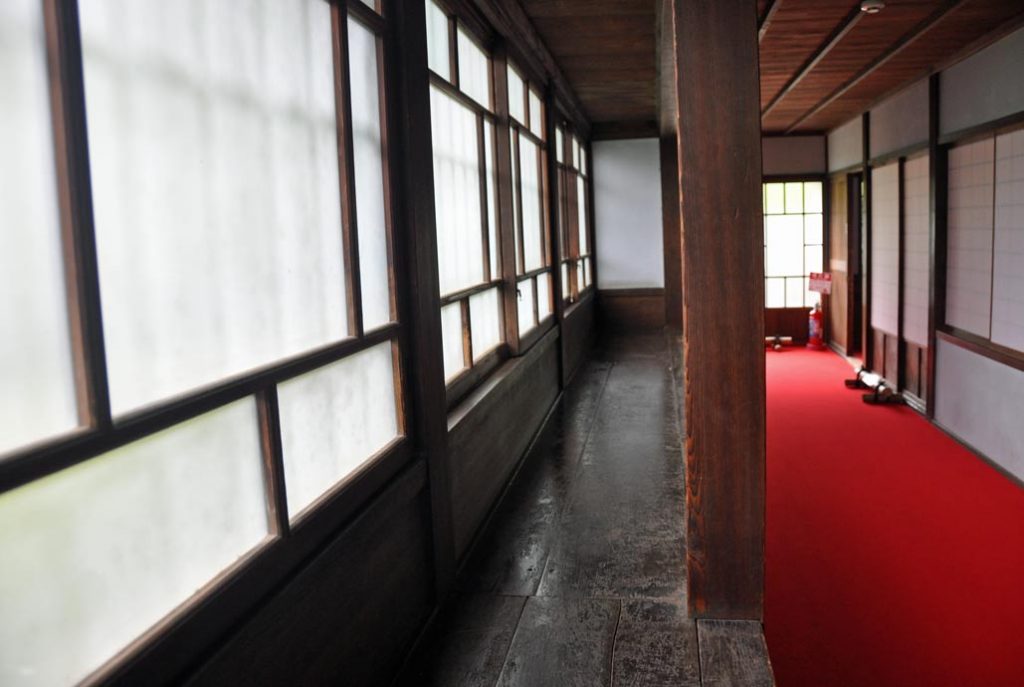
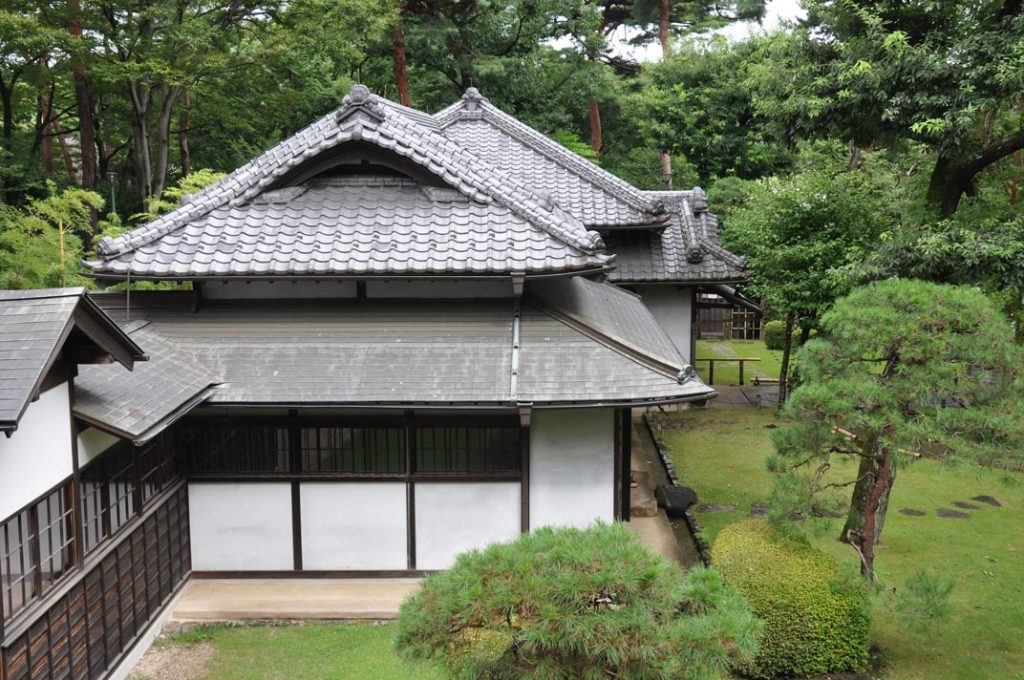
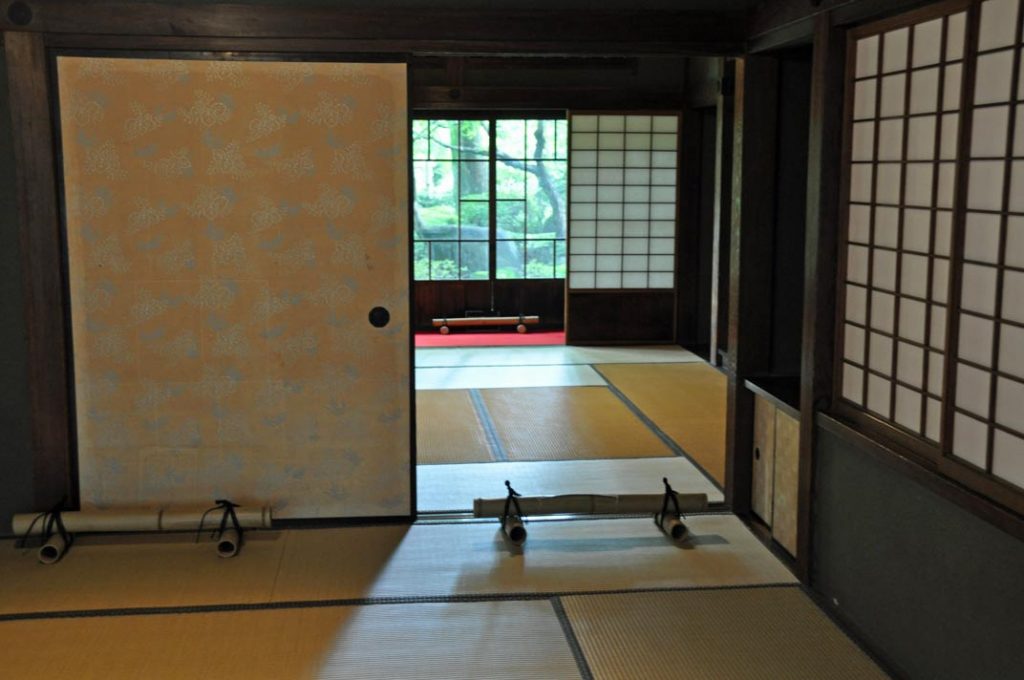
But as always, it is the details of life, the feel of the place that was most striking – very serene.
